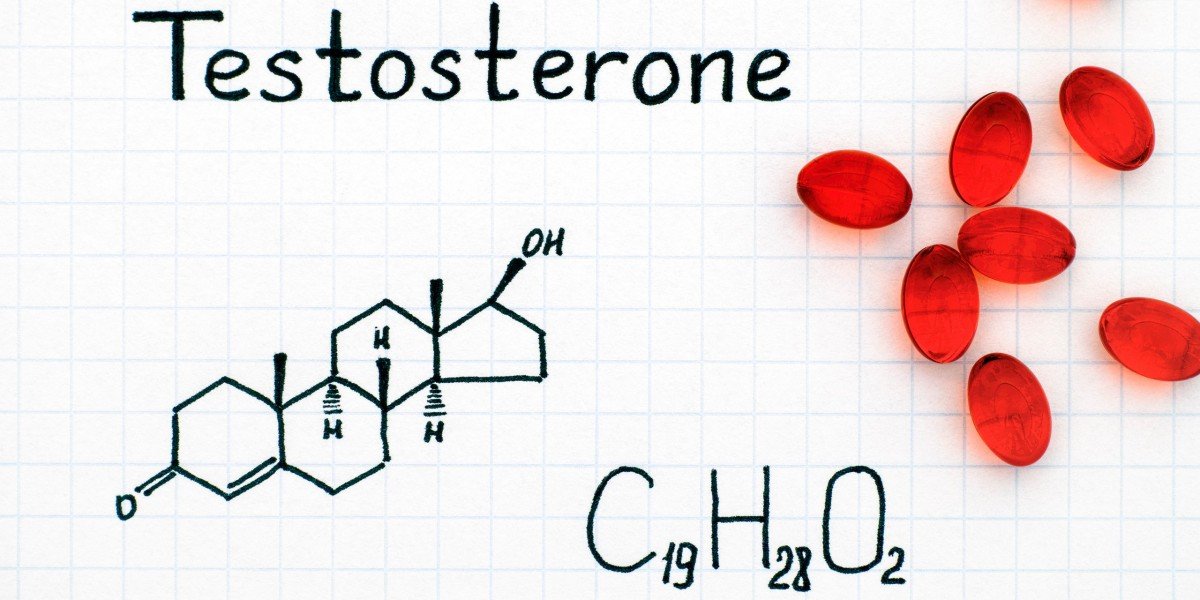Where it is released from?
Testosterone belongs to a class of male hormones called androgens but women also require testosterone to remain balanced. In women, it is produced in smaller quantities in the ovaries, where it is then released from into the bloodstream.
What’s the main function?
Testosterone, progesterone and estrogen are the three major hormones that control the menstrual cycle. Testosterone’s role differs to those of progesterone and estrogen in that its main function is to regulate a woman’s sex drive. It also helps women preserve muscle mass and supports an overall sense of wellbeing. The combination of testosterone and estrogen can increase a woman’s libido considerably during ovulation and even menstruation. If your libido has a monthly pattern, it’s likely to be connected to the fluctuations of these hormones. The rises in testosterone and estrogen coupled with the increase in cervical fluid during ovulation could be a pattern many identify with. The rise in estrogen that begins on day 2-3 of menstruation, coupled with the density felt in the pelvis and the natural lubrication that comes with the menses, could also contribute to feeling more aroused.
What are the effects of imbalances?
As women approach menopause, testosterone levels will usually decline. For pre and post menopausal women, this typically contributes to a lower libido. Testosterone supplementation is sometimes used by post-menopausal women to increase sex drive and by female athletes to improve performance, which - as is with most hormone replacement therapy - has its risks.
Too much testosterone can interfere with ovulation and menstruation, a surplus in this hormone be due to high levels of insulin in the ovaries. As well as irregular or absent periods and weight gain (due to the insulin resistance), excessive body hair and acne are also common signs of high levels of testosterone.
An excess of testosterone has also been linked to infertility and other serious health conditions such as polycystic ovarian syndrome (PCOS). PCOS is an endocrine condition that affects the healthy functioning of a woman's ovaries and leads to irregular menstruation. The ovaries can also enlarge and grow fluid filled sacs (these are not cysts, despite what the name might suggest).
How does it relate to your lifestyle?
There are often a large number of variables involved in any diagnosis but PCOS is commonly linked to testosterone and insulin imbalances. If you experience any of the symptoms associated with PCOS, try to get checked out as soon as possible. Many women go years without being diagnosed; leaving it for too long and minimising symptoms can leave women feeling powerless and depressed. Listening to our bodies is key. It may be difficult at first to learn how to listen more clearly and identify signals, but it’s a journey of education and empowerment worth starting.
Words by Amy Mabin
Read more of our Hormone 101 series:
Progesterone, Estrogen, Thyroid function and body balance


